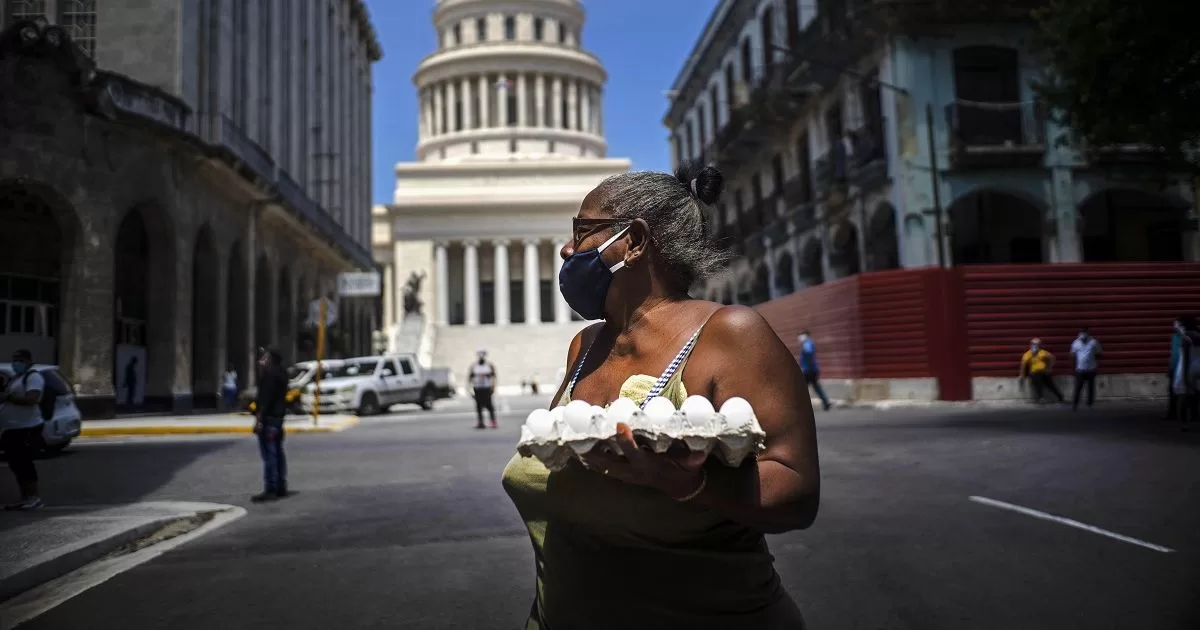In April, it will use borrowed dollars, which technically should be repaid to its creditors in 12 months. The picture for Massa worsens
By Carlos Keller
31/03/2023 – 11,00hs
In the market they begin to take the pulse of the Central Bank and take accounts about when will be the moment in which it will run out of “fire power”. Although the monetary entity generally speaks of Gross International Reserves, which include all kinds of assets in foreign currency, the reality is that a part of them have liabilities as a counterpart. In other words, these are borrowed dollars that Argentina would have to repay within 1 year if the creditors so ordered. That is the methodology of the International Monetary Fund (IMF).
According to private estimates, the number of dollars that the BCRA would have left that are not matched against any liability, or in other words, the net reserves have already reached zero. From now on, it will be necessary to take into account that all the money that the monetary entity starts to use to try to avoid a devaluation is borrowed and will have to be repaid at some point.
The Central Bank ran out of net reserves: what do specialists anticipate?
Todd Martínez, director of the ratings agency Fitch, was recently in Buenos Aires to participate in a symposium organized by the Argentine Institute of Finance Executives (IAEF) and there he warned that the situation in the country is becoming more and more precarious to the beat of Sergio Massa’s “improvisation” policy to reach December 10 of this year and deliver the hot potato to the next Minister of Economy.
“We are more concerned about Argentina. Our vision was that they were going to improvise until the elections and that with the chance of a change of government, confidence would improve. I think this drought is a fact that complicates a lot. We think that the policy of improvisation will continue, but in a context of US$20 billion less, we believe that this will cause a tightening of the stocks. It is a trap that has already had adverse consequences for the productive apparatus,” said Martínez.
The director of Fitch, which has its offices in Washington, warned that “the other risk is that in order to follow its policy of improvising, The government is going to continue liquidating the few assets that it has left”. Martinez recalled that the Central Bank has gross reserves of US$37,000 million and net reserves of almost zero” and explained that “these net reserves could go below zero, which means that the Central Bank is going to have more liabilities in currencies than assets, which is a rather precarious situation.” The Fitch executive added that “with this, the Government can avoid a devaluation, but in turn, there is a greater chance of an accident and a heavier inheritance for the next government “.
Gabriel Caamaño, economist at the consultancy Ledesma, agreed that the net reserves of the Central Bank are already close to zero. He explained that as of March 30, the private estimate is barely $21 million “which is the same as zero,” he told iProfessional. Caamaño indicated that more than anything it is “an accounting issue.” “It does not mean that the Central Bank ran out of dollars. It speaks more than anything about the quality of the dollars,” he said.

For specialists, the policy of “improvisation” plus the drought causes havoc in the coffers of the Central Bank.
According to the IMF’s measurement methodology, net reserves are those whose balance sheet counterpart is liabilities of less than one year. In other words, they are borrowed dollars that can be repaid at any time within the next 12 months. Caamano indicated that “if the liabilities are higher than the assets, the situation is not sustainable”. According to the director of the consultancy Ledesma, as of February 28, which is the latest official data from the BCRA, net reserves were US$1,721 million. In December they were US$3.8 billion. In other words, it is very likely that March closed with net reserves at zero or below, something that happened when ex-minister Martín Guzmán had to leave the Palace of Finance.
Reserves: the impact of the drought is “overwhelming”
Argentina then faces a very delicate monetary situation. According to the Monetary Risk Indicator (IRM) prepared by the University of Business and Social Sciences (UCES) and the Romano Group, the indicator stood at 65 points in February, a level that shows high probability of the occurrence of a disruptive event in the short term. The MRI under normal conditions should give below 30 points. In March it would have closed at 67 points, says the report, thus showing the aggravation of the picture. “The loss of reserves of the Central Bank during the past month consecrated February 2023 as the worst in the last 20 years,” notes the report. In addition, he maintains that “the BCRA faces a lower trade surplus due to the drought: The agro-export sector in February, and according to official data, liquidated US$644 million, the equivalent of a quarter of the US$2,500 million liquidated in February 2022”.
“The BCRA ended with a negative balance of sales in the MULC for US$890 million. The impact of the drought is overwhelming, with projections of a drop in exports of the five main grains materialized in the order of US$20,000 million compared to the previous season, impacting the index through lower gross and net reserves of the BCRA, and greater pressures on the rate official change”, get the IRM report.

